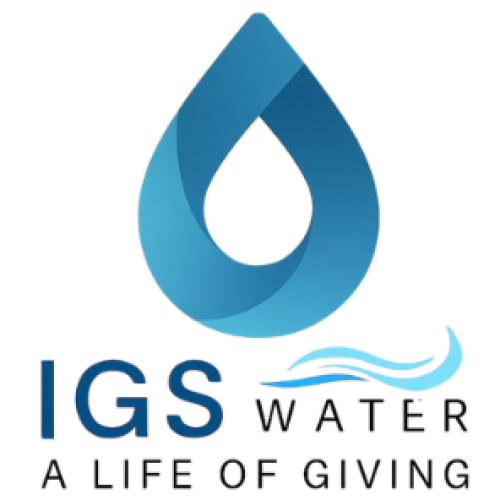For decades, the paddlewheel aerator has been the heartbeat of shrimp and fish ponds. Its rotating blades slapping water have been the universal sound of aquaculture—signaling oxygen delivery and life beneath the surface. Farmers grew up relying on it, investing heavily in electricity-hungry fleets of paddlewheels to keep their ponds alive.
But times are changing. The paddlewheel, once revolutionary, is quickly becoming a symbol of inefficiency in a world that demands sustainability, cost-effectiveness, and precision. And its replacement? Nanobubble technology.
Why Paddlewheels Are Falling Behind
- Energy Drain: Paddlewheels consume massive amounts of power—often 2–3 kW per unit—yet deliver relatively low dissolved oxygen (DO) efficiency. Farmers must run several units across large ponds, driving up costs.
- Shallow Impact: Paddlewheels oxygenate the surface but fail to deliver oxygen evenly through the full depth of the pond, creating “dead zones” where shrimp and fish struggle.
- Maintenance Headaches: With moving parts, gears, and motors constantly exposed to water, paddlewheels demand frequent repair and replacement.
In short: they work, but at a heavy price.
The Nanobubble Advantage
Nanobubbles—microscopic gas bubbles smaller than a red blood cell—bring oxygenation into the 21st century.
- Unmatched Oxygen Transfer: Nanobubbles dissolve oxygen directly into water with >80% efficiency, delivering oxygen throughout the pond, not just at the surface.
- Zero Moving Parts in the Pond: No blades, no motors splashing water—just a compact generator injecting billions of bubbles.
- Sustainability Factor: With less energy required per unit of oxygen delivered, nanobubbles cut electricity use and carbon emissions.
- Beyond Oxygen: Nanobubbles naturally oxidize organic waste, reduce harmful bacteria, and stabilize water quality—something paddlewheels could never achieve.
The Farmer’s Dilemma: Tradition vs. Innovation
Transitioning from paddlewheels to nanobubbles isn’t just about technology—it’s about mindset. Farmers have trusted paddlewheels for decades, but as margins tighten and sustainability becomes non-negotiable, the math is simple:
- More yield, less cost.
- Cleaner ponds, healthier stock.
- Long-term efficiency over short-term habit.
The paddlewheel will remain an icon of aquaculture history. But its reign is ending. The future belongs to technologies that work smarter, not harder.
Final Word
The death of the paddlewheel isn’t about abandoning what worked—it’s about evolving to what works better. Aquaculture is entering an age where oxygenation must be efficient, sustainable, and multifunctional.
Nanobubbles aren’t the future. They’re already here.

